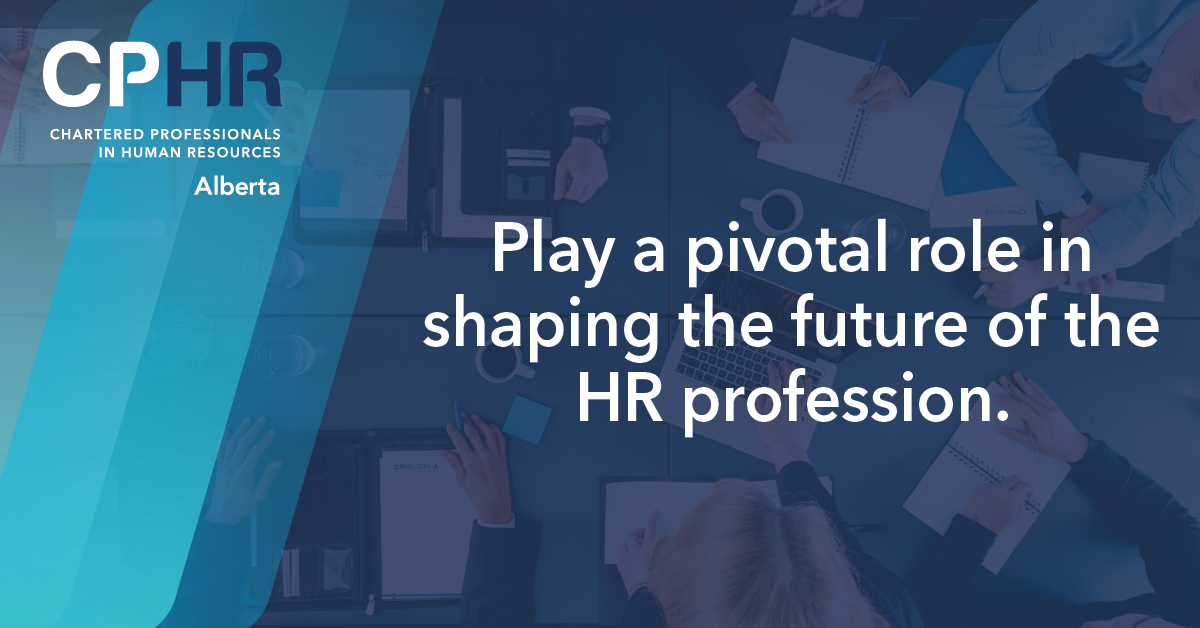
Breaking Barriers, Building Brilliance: The Business Advantage of Embracing Neurodiversity in the Workforce

Author : Svetlana Miftahov-Rapoport, Med, CPHR
In the ever-evolving world of work, we're all about shaking things up and embracing what makes us unique. So, it's time to turn up the volume of a conversation that's been a game-changer for some of the most innovative companies out there. As we strive to build inclusive workplaces, it's crucial to expand our views beyond traditional ideas of diversity, welcoming the richness that lies in the minds of all kinds. I want to invite you to explore why embracing neurodiversity in the workplace is not just good for people—it's fantastic for business, too! And before you think, “My plate is full; I can’t add one more topic to my to-do list,” just hear me out. I am here to help you make your life easier, your business more successful, and your organization more inclusive. Isn’t it a win-win situation? So, grab a comfy seat, and let's get real about the game-changing brilliance that comes with a neurodivergent team.
In today's world, there is a general lack of societal awareness about neurodiversity. Sadly, this lack of awareness results in a lose-lose scenario. Many organizations miss out on exceptional talent—remarkable individuals who aren't given the opportunity to thrive simply because these organizations struggle to recognize, accept, and appreciate the unique ways people think. While the global talent competition is rising and we struggle to find the right people with the right skills for our companies, unemployment rates for neurodivergent adults reach as high as 30-40%. 1 While we desperately seek ways to retain our top talent, the most innovative companies, such as Microsoft, SAP, JPMorgan, and EY, report that their neurodivergent hiring programs have retention rates above 90%. 2
So, what are we missing? We all dream of finding talented, loyal professionals for our organizations, while there are thousands of talented, loyal professionals who are struggling to find meaningful employment only because they are neurodivergent. More than that, experts say that up to 25% of the adult population is neurodivergent (have autism, dyslexia, ADHD, dyspraxia). This means that on your team, in a group of 100 employees, 25 are neurodivergent, and these people might be facing barriers to meaningful work experiences. Most of them won’t even disclose the fact they are neurodivergent due to an existing social stigma. So, they suffer in silence while there is a lack of understanding and needed accommodation that would set them up for success. It's time for a change! And you, an HR Professional, have the superpower to lead this change by tapping into the future of work, where you are not just breaking barriers but building brilliance.
Unfortunately, most of today’s workplaces are set up for neurotypical ways of thinking and doing. However, organizations such as Microsoft, EY, IBM, and others have proven that investing in hiring and optimizing for neurodiverse professionals contributes to a lower turnover, higher productivity, and improved engagement among all employees. 3 So how do we do it? Building a workplace that champions neurodivergent employees and cultivates overall success involves a multifaceted approach. First and foremost, raising awareness and fostering education within the organization are pivotal steps. And here, we must start at the top. Leadership buy-in is critical to success in this process. So, we must create a compelling business and social case first. Offering training programs that sensitize employees and managers to the unique strengths and challenges of neurodivergent colleagues will not only promote an understanding of neurodiversity and dispel misconceptions but will also help employees develop a more inclusive mindset. Once we have created a strong foundation of awareness and leadership support, we will move to the next crucial step of revising our DEI strategy and adjusting Human Resources practices. Tailoring recruitment, selection, onboarding processes, and workplace accommodations to better suit the needs of neurodivergent individuals not only ensures a fair playing field but also maximizes their contributions. And this journey doesn't end with awareness and adjustments-ongoing support is the linchpin. Establishing a network for neurodivergent employees, providing mentorship opportunities, and fostering open communication channels will help to create an environment where everyone feels valued.
Picture this: your team is not just diverse but neurodiverse, tapping into a wellspring of unique skills that redefine success. When we put awareness in the spotlight, adjust our HR practices, and provide ongoing support, not only will we achieve inclusive excellence and embrace neurodivergent talent, but we will redefine success and maximize the productivity of the whole company. Imagine a workplace that's pro at giving everyone their moment in the spotlight, and that's the kind of success that resonates loud and clear. Let's do this!
Sources
1 Werth Institute for Entrepreneurship and Innovation. "The Center for Neurodiversity and Employment." UConn Today, University of Connecticut, https://werth.uconn.edu/centers/neurodiversity/
2 "Corporate Neurodiversity Hiring Programs: Scratching the Surface?" Autism Spectrum News, https://autismspectrumnews.org/corporate-neurodiversity-hiring-programs-scratching-the-surface/
3 "Neurodiversity Employment Services | Potentia Workforce." Potentia Workforce, https://www.potentiaworkforce.org/
The views and opinions expressed in this blog post belong solely to the original author(s) and do not necessarily represent the views and opinions of CPHR Alberta.
The views and opinions expressed in this blog post belong solely to the original author(s) and do not necessarily represent the views and opinions of CPHR Alberta.





